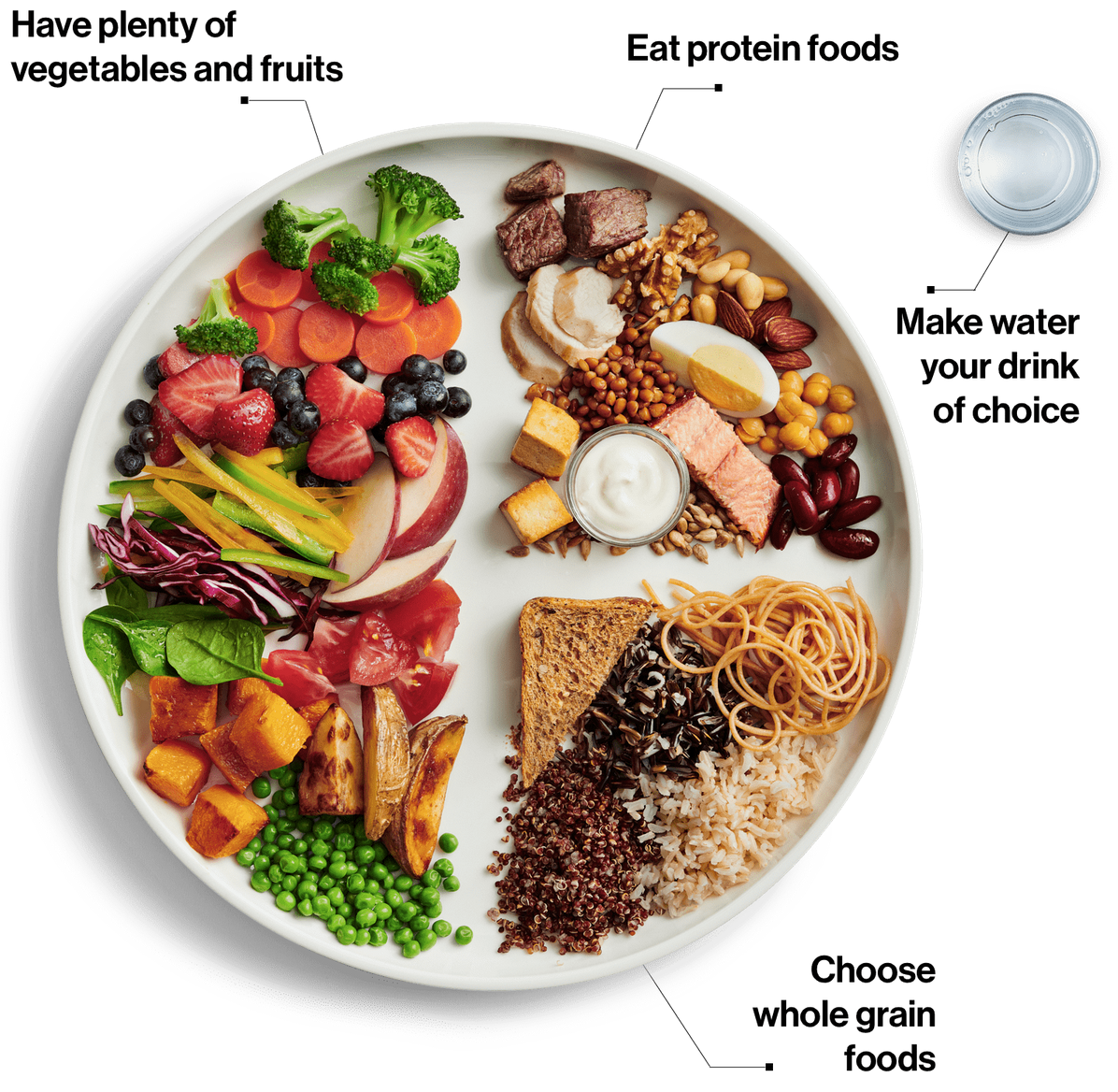Improving Heart Health with Fibre
A heart healthy diet includes foods that are rich in fibre, and can be found in a variety of food groups, such as whole grains, fruits, vegetables, legumes, and nuts and seeds. Fibre is a carbohydrate that is not absorbed by our gut. As a result fibre binds up cholesterol in our intestines allowing it to be excreted in our stool. In fact, dietary fibre significantly lower risk of both CVD and CHD by 9% with every additional 7 g/day of total fibre consumed.
Fibre can be found in a variety of foods, but whole grains serve as a rich source. For several decades carbohydrate containing foods have received a bad wrap, especially with the popularity of Atkins, Paleo, and Keto diets. But, consumption of 48-80 grams per day of whole grains (wild rice, barley, oatmeal, etc…) resulted in a ~26% lower risk of type II diabetes, and a ~21% lower risk of cardiovascular disease.
It seems simple, but the average Canadian gets only 14 grams of fibre per day. This is significantly lower than the daily recommendations from Heart and Stroke, which recommends that a healthy adult needs between 25 to 38 grams of fibre per day.
People often laugh when I talk about fibre, offering a rebuttal that they do not want to eat more cardboard. If this is the case, Amazon should start making safe to eat packages. Regardless, high fibre foods do not have to taste bland. Eating patterns like the Mediterranean or DASH diets focus on incorporating of high fibre foods from vegetables, fruit, legumes, and whole grains. Additionally, these diets have been shown to dramatically lower blood pressure, cholesterol, and blood sugar.
One basic principle that all these eating patterns share is how they fill your plate. The goal is to have half your plate to be filled with vegetables, a quarter of your plate to be filled with whole grain, and the other quarter a lean protein.
Image from: Canada Food Guide
An easy tip for adding more fibre to your diet is to switch from white bread to whole grain bread; switch from white rice to brown rice or barley or quinoa; switch from refined breakfast cereals to whole grain cereals (such as 100% bran cereal).
So you want to add more fibre, but do not know what to do? Don’t worry, we provide meal planning services that focus on heart health and fits a variety of eating styles and practices.
Dr. Brandon Testa, ND has received advanced training from the Institute of Functional Medicine on cardiovascular and metabolic conditions and offers advanced lab testing to help you better understand your risk of heart disease. He will work with you to provide a personalized treatment plan that can include nutritional recommendations, meal planning, physical activity guidance, and advice on supplemental and herbal treatments.

